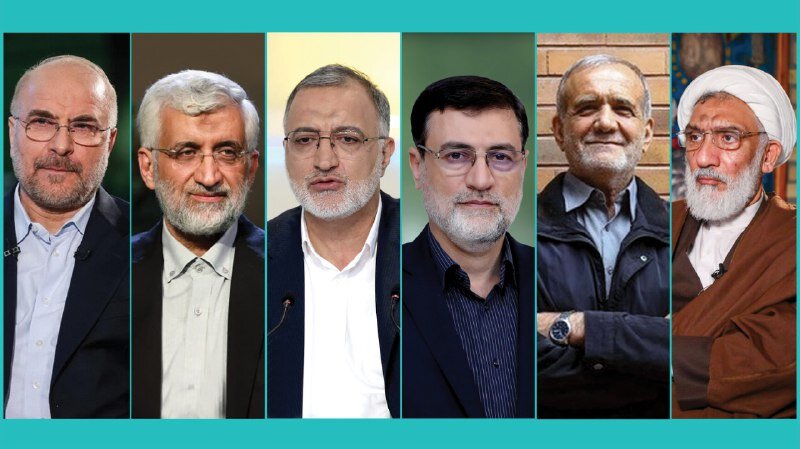PICTURED: Two Canadian frigates, one American destroyer, and one Chilean destroyer, transit the Pacific on route to the RIMPAC naval exercises. PC: U.S. Navy photo by Mass Communication Specialist 3rd Class Megan Alexander.
HAWAI’I, U.S. June 29th, 2022. The U.S. Navy kicked off international naval exercises known as RIMPAC, or “Rim of the Pacific” on the end of June in the Hawai’ian islands. While 29 nations participate, Washington has eschewed both their ally Taiwan, and adversary China.
Running through August 4th, the exercises are the largest of their kind in the world, and this year consists of 38 warships, 4 submarines, 170 aircraft, and 25,000 service members, from Australia, Brunei, Canada, Chile, Colombia, Denmark, Ecuador, France, Germany, India, Indonesia, Israel, Japan, Malaysia, Mexico, Netherlands, New Zealand, Peru, the Philippines, Singapore, South Korea, Sri Lanka, Thailand, Tonga, the United Kingdom, and the United States.
It’s anyone’s guess why non-Pacific countries like Israel or the Europeans are involved, or where Sri Lanka and Tonga found the money to pay for it.
This year’s exercise program will include gunnery, missile, anti-submarine, and air defense exercises, as well as amphibious, counterpiracy, mine clearance, explosive ordnance disposal, diving, and salvage operations, according to a U.S. 3rd Fleet news release about RIMPAC 2022.
Noteworthy however is the exclusion of Taiwan. The exclusion of China is probably a given, considering the U.S. government already labeling Beijing as an official “adversary,” but that of Taiwan is more interesting.
When President Joe Biden signed into law the military budget for 2022, it included encouragement to invite Taiwan to RIMPAC, and previous comments, whether gaffes or not, suggest that Biden officially considers Taiwan a protected client state.
Leaving them out suggests that finally his aides may be getting a lid on the explosive rhetoric regarding the One China policy that has increasingly been coming from Biden.
PICTURED: The various color-coded claims to ocean territory in the South China Sea.
Pacific power
It’s not worth asking how the U.S. would treat the navies of North Korea, China, the Russian Federation, the Solomon Islands, Belarus and Myanmar all performing combat, maneuvering, and deployment exercises in the Atlantic Ocean; it would be the greatest security threat since the Cuban Missile Crisis, and treated respectively.
While China did not attend the exercises via invitation, that didn’t mean the PRC wasn’t going to make an appearance. A Chinese general intelligence ship has been well documented observing the drills, annoying some of the participating admirals, but not disrupting anything.
Andrew Erickson, a professor at the Naval War College, directly told USNI News on Friday that the presence of the Chinese ship—off Hawaii—can be used a tool to justify more U.S. presence operations closer to China.
“The U.S. shouldn’t let China have it both ways,” he said. “No matter what Beijing says or does, U.S. forces must continue to operate wherever international law permits, including in, under, and over the South China Sea”.
The South China Sea, like the U.S. in the Gulf of Mexico, is fast becoming a true sphere of influence for an ascendant China surrounded by potential enemies. The Diplomat reports that years of claiming small atolls and spits of rock in the South China Sea verbally has given their navy and air force a wide force projection capability, despite these small positions having since been ruled by international law as not belonging to them.
Beginning to treat the sea with far more protectionism, on May 26th an Australian patrol aircraft was buzzed by a Chinese fighter jet near the Paracel Islands, a month after a Canadian reconnaissance aircraft was also harassed by the Chinese as it flew over North Korea to enforce UN sanctions.
After NATO recently described China as a threat to their alliance’s security, values, and economy, it doesn’t seem like there’s anyway back for East-West relations at the present time. On July 6th, a press conference by the FBI and MI5 doubled down where NATO left off on June 30th, warning businesses public and private, corporate or family owned, tech-related or ag-related, that China is coming to steal and put people out of business.
“The Chinese government are intent on stealing your technology — whatever it is that makes your industry tick — and using it to undercut your business and dominate your market,” said the FBI Director Christopher Wray.
Even space exploration, an area where through the worst periods of U.S.-Russia relations, adversaries have found common ground, is no sanctuary for Washington and Beijing.
Recently NASA Administrator Bill Nelson stood down a hostile interviewer, firm in his belief that cooperation with Russian cosmonauts aboard the ISS would continue. Regarding China, Nelson would like to make the Cox Amendment, legislation that prevents an individual from America’s numerous space programs from having even so much as a sticky note with a Chinese phone number written with a fading pen, permanent.
The lack of further integrating Taiwan into America’s sphere of influence is the only positive note to be spoken of for progress towards a better relationship with China, and at least until 2024, the year of the next RIMPAC exercises, it’s the only rock to stand on for a diplomat with the will to try and prevent a Pacific war.




